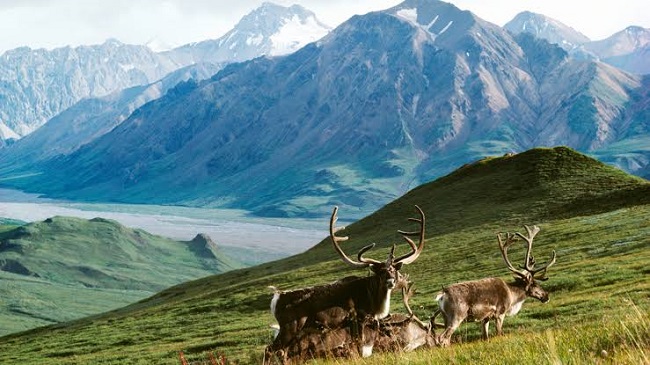Alaska’s Arctic National Wildlife Refuge (ANWR) has been protected from oil and gas drilling for decades. Recently, however, the Trump administration announced their plan to open up the ANWR’s 1.6 million-acre coastal plain to oil and gas exploration.

The Tax Cuts and Jobs Act of 2017 contained a provision allowing oil and gas drilling in this fragile ecosystem, and although the U.S. House of Representatives recently passed a bill to reverse the provision, it is not expected to pass the Senate or be signed by President Trump.
In April 2019, the Centre for Climate Change Communication, George Mason University in Fairfax, Virginia asked American registered voters whether they support or oppose drilling for oil in the Arctic National Wildlife Refuge.
The researchers found that two out of three voters (67%) oppose oil drilling in the ANWR. The number of voters who are strongly opposed to drilling in the ANWR outnumber those who strongly support the policy by nearly four to one.
Further, majorities of Democrats (81%) and Independents (64%), and half of Republicans (50%) oppose drilling in the ANWR. Only 17% of Republicans “strongly support” the policy.
The Arctic National Wildlife Refuge is a national wildlife refuge in northeastern Alaska, United States. It consists of 19,286,722 acres in the Alaska North Slope region. It is the largest national wildlife refuge in the US, slightly larger than the Yukon Delta National Wildlife Refuge.
It is home to numerous species, including polar bears and migratory birds, and global warming is already impacting the refuge.
According to a report recently released by the U.S. Department of the Interior Bureau of Land Management, “many species that nest in the Arctic Refuge Coastal Plain already are experiencing decreasing populations, and many could suffer catastrophic consequences from the effects of global climate change.”
These effects in combination with oil and gas exploration could have several impacts on the ecosystem and habitats in the refuge, according to conservationists.
